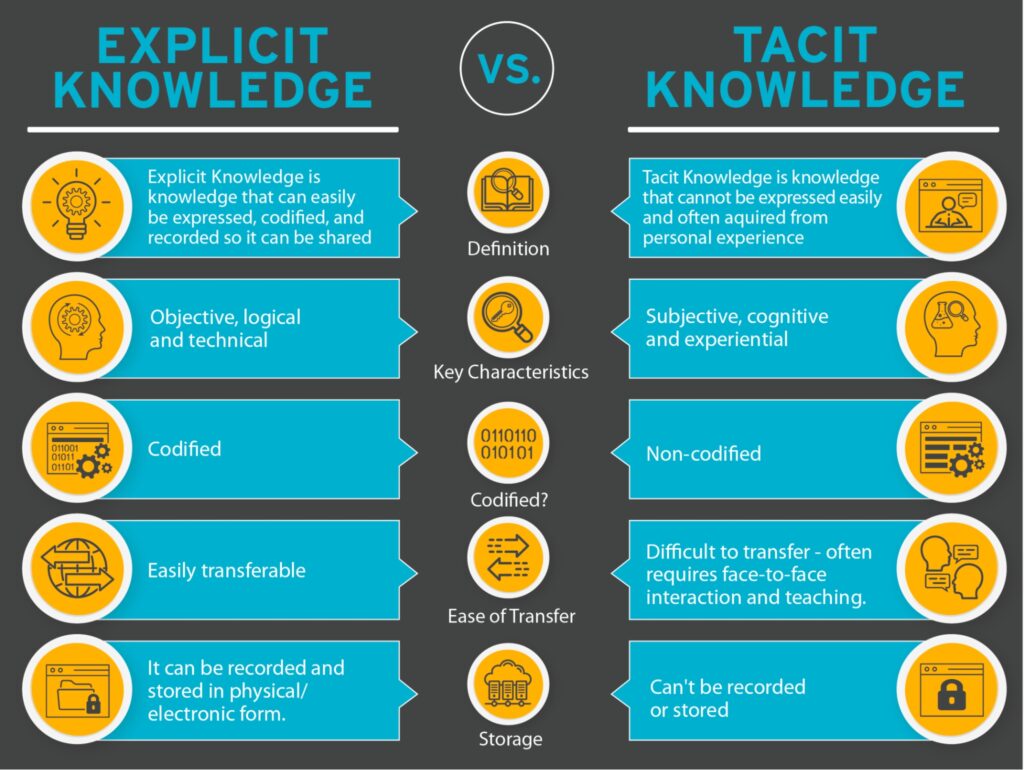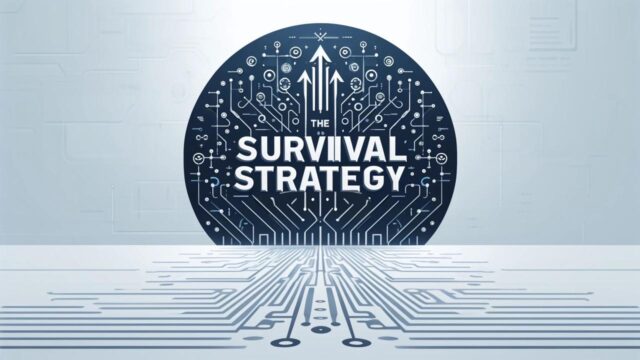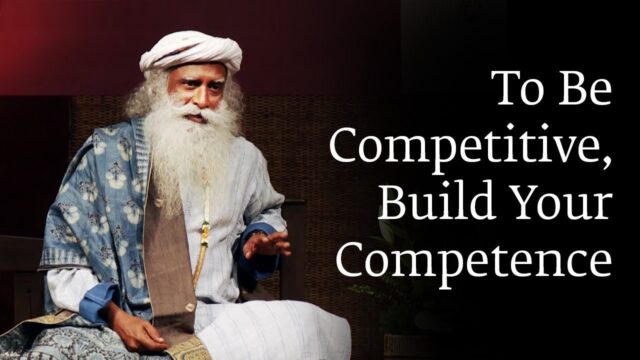
Knowledge management in marketing material production
Introduction – integrating KM with marketing
As a knowledge management (KM) student with 6 years of marketing work experience, I have always wondered how KM could help me improve my professional skills. I studied marketing during my undergraduate times. Initially, my understanding of marketing was quite simple, including marketing research, consumer analysis, strategy planning, and advertising. However, when I started my work, I found that each concept involves significant complexity. For instance, when we talk about advertising, most people will think about the form and channel of brand spread, fewer people know about how to create marketing material. It involves how to transfer marketing strategies into propagable contents. Learning how to effectively apply marketing research and consumer analysis results to material production is a difficult process. KM strategy provides a fresh perspective on my marketing work.
The role and production process of television commercials
In my last job, television commercials were one of the most crucial marketing materials. Television commercials may seem like a small part of marketing, but they carry the essence of marketing strategy. Due to their high production costs, wide distribution channels, and their ability to reflect a brand or product’s identity. Producing a television commercial will meet considerable challenges, including the requirement for high creativity, high quality, tight production schedules, and complex processes.
The production process of a television commercial involves several key steps:
- Briefing: Identifying product key selling points, advertising goals, target audience, and creative requirements.
- Creative development: Generating creative concepts, scripting, and storyboarding.
- Pre-production meeting: Coordinating resources (casting, costume, props, set design, makeup and hair styling) and planning shooting schedule.
- Shooting: Recording the advertising material.
- Post-production: editing, color correction, musical composition, subtitles, user interface (UI) design, and computer graphics imagery (CGI) processing.
Knowledge transfer in the television commercial production process
1. Internal collaboration
The television commercial production process involves multiple roles, including product marketing manager, creative team, and production agency. During the creative time, knowledge transfer occurs between these roles. The product marketing manager has in-depth knowledge of the product, while the creative team provides expertise in aesthetics and creativity. Disagreements often arise, such as when the creative team’s ideas do not fully capture the product’s essence, or the product marketing manager finds it hard to express their creative requirements and just uses some abstract words. To address such knowledge gaps, as product marketing managers, we should not only have a deep understanding of products but also actively study successful television commercial examples to learn how they present product features and creativity. This will provide more practical and informed input during discussions with the creative team.
2. External communication
The television commercial is crucial but can also risk alienating consumers if not handled properly. To better touch the target audience, we can apply the DIKW (data-information-knowledge-wisdom) model1. By analyzing data of customers such as age, occupation, and purchase preferences, we can know more about our main target audience and organize typical user profiles. These help us to design television commercial scenarios that address their needs. This approach minimizes barriers to knowledge transfer from group to individual, enhances the target audience’s perception of the product, and subtly educates consumers.
Explicit and tacit knowledge
In the context of television commercial production, explicit and tacit knowledge2 play different roles:
- Explicit knowledge: Includes creativity, aesthetics, story, which can be learned through numerous case studies. For example, understanding different creative expressions and art styles in television commercials.
- Tacit knowledge: Involves handling unexpected situations during shooting, such as weather problems during outdoor shoots, and project management skills in post-production. Tacit knowledge is often based on personal experience and requires face-to-face communication or creating checklists based on past issues to facilitate follow-up and improvement.

How to use and organize knowledge in the television commercial production process
1. Project reviews and sharing with peers
Given the limited time for each television commercial production and the changing members of teams, timely project reviews are essential. Documenting both successful and problematic aspects of each project and sharing these reviews within the company peers not only aids other team members but also provides opportunities for gaining further insights and knowledge.
2. Creating checklists for the television commercial process
Due to the complex process of television commercial production, creating and updating the checklist based on experience for each process will be a good measure to prevent recurring issues in future projects and ensure the quality of television commercials.
3. Establishing a case library of excellent television commercial examples
As I mentioned before, product marketing managers need to study exemplary cases during the creative times. These cases can be classified into different categories. Some cases effectively capture customer attention with compelling storytelling, while others showcase impressive creativity to highlight their products. Additionally, some cases excel in demonstrating specific key selling points such as screen quality, performance, or waterproof features of electronic products. This case library will help us to improve professionalism in television commercial production.
4. Collecting the feedback from viewers and other departments within the company
This involves collecting data on viewership, completion rates, and viewer comments after each television commercial is released. This data helps us understand viewer interests and feedback, identify strengths and weaknesses of the television commercial, and determine which aspects to retain or improve to enhance future television commercial quality and appeal. Additionally, we need to discuss with other departments within the company, such as the media department, to understand any challenges or inconveniences encountered when they use this marketing material. For instance, we assess the effectiveness of different versions (such as full-length and edited versions) and explore any issues faced during the actual deployment, as well as whether adjustments are needed in the television commercial content to better meet deployment requirements.
Huawei MateBook X Pro television commercial (source: 华为终端 on bilibili3).
Conclusion
In the process of marketing material production, there is an interaction between different kinds of knowledge. KM plays a crucial role in this process, helping you how to transfer your knowledge to target audience and communicate with partners in a better way. By effectively utilizing KM strategies, we can accumulate practical experience, organize it into actionable knowledge, and make the marketing material production process more efficient, ensuring that product knowledge is effectively communicated to the target audience.
While marketing material production is just one aspect of marketing work, I hope to apply KM strategies to other areas of marketing in the future. By continuously studying the KM system, strengthening interdepartmental communication and collaboration, and establishing a more comprehensive feedback mechanism, I aim to further improve work effectiveness and gain a deeper understanding of marketing to enhance overall efficiency.
Article source: Adapted from Knowledge Management in Marketing Material Production prepared as part of the requirements for completion of course KM6304 Knowledge Management Strategies and Policies in the Nanyang Technological University Singapore Master of Science in Knowledge Management (KM).
Header image source: Screenshot from Huawei MateBook X Pro television commercial (source: 华为终端 on bilibili4).
References:
- Baskarada, S., & Koronios, A. (2013). Data, information, knowledge, wisdom (DIKW): A semiotic theoretical and empirical exploration of the hierarchy and its quality dimension. Australasian Journal of Information Systems, 18(1), 5-24 ↩
- Schoenherr, T., Griffith, D. A., & Chandra, A. (2014). Knowledge management in supply chains: The role of explicit and tacit knowledge. Journal of Business Logistics, 35(2), 121-135. ↩
- 华为终端.. (2024, April 11. 【华为MateBook X Pro】轻强体验, 前所未见. bilibili. ↩
- 华为终端.. (2024, April 11. 【华为MateBook X Pro】轻强体验, 前所未见. bilibili. ↩







